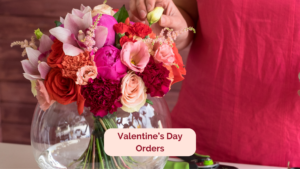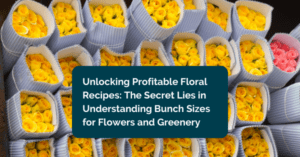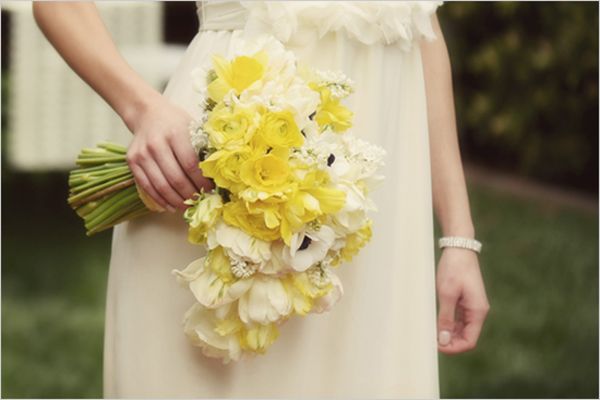
Daffodils are a stunning addition to any beautiful floral arrangement. Belonging to the genus Narcissus, these spring bulbs are famous for their breathtaking golden appearance and brightness. Marking the arrival of spring and symbolizing a new beginning and hope, daffodils make the whole environment burst with joy and cheer.
Floral designers like to use daffodils in many of their designs for their simplicity and warmth. Better care, however, is necessary to keep their freshness for a prolonged period. It’s not as complicated as you’ve thought. In this guide, we’ll cover the basics of proper daffodil care and also include some tips and best practices to guide you.
Daffodils Sap: The source of unexpected toxicity
Before we get into how to care for daffodils, you must understand why you have to handle these trumpet-shaped flowers uniquely, away from their companion flowers. Daffodils release a milky, toxic sap, which can be damaging to other flowers in a mixed arrangement.
Thus, it shortens the lifespan of the whole floral design. To tackle this, you must let the freshly cut daffodils sit in a water-filled container alone for a few hours so that the sticky sap can be released. Now, let’s dive into the proper care of daffodils, starting with effective cutting techniques.
What are the cutting techniques that can enhance the vase life of daffodils?
To ensure good water uptake and long life, make sure to adopt the following steps.
- Clean Vase: Start by thoroughly washing your vase using soapy water to avoid the growth of bacteria. Before submerging the flowers, ensure they’re dirt-free and with excess leaves.
- Diagonal cut: Use a sharp pair of shears and cut the stems diagonally to provide a greater surface area for better water intake.
- Underwater cut: Cut stems underwater to avoid air bubbles forming that will hinder water from being absorbed by the stem.
- Retrim stems: Retrimming stems periodically is required for improved water uptake.
Watering Techniques: The secret to maximum freshness
Daffodils are delicate flowers that can rot and wilt if not adequately watered. Following are the best practices for watering these spring flowers.
Add fresh water: More than sufficient to keep the stems immersed in cool fresh water. The plants do not need to flower.
Change water: Regular change of water prevents the growth of bacteria and sets the stage for longer life.
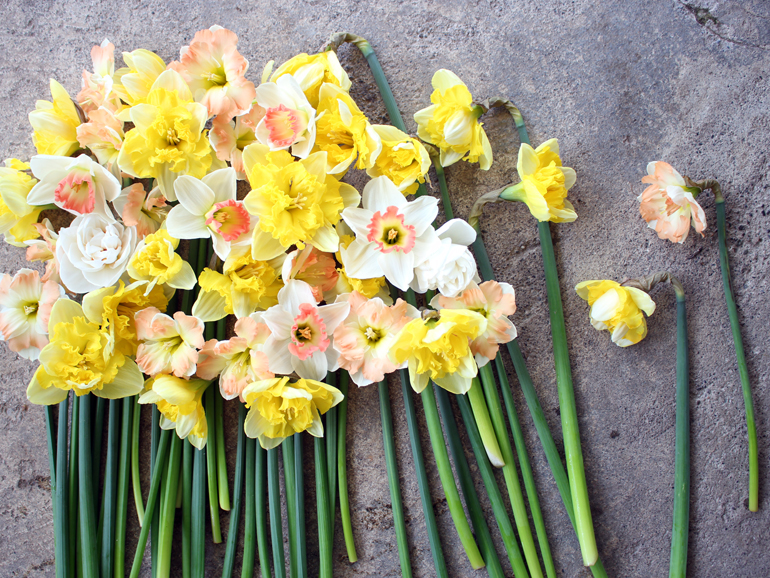
Environment & Placement: A better way to maintain vibrancy and avoid wilting
It’s important to note the way you’re keeping your daffodils. This does not mean that improved inventory control is the most important thing to keep flowers intact.
Steer clear of sunlight: It’s a good idea to keep the daffodils out of direct sunlight since too much heat may make them flower prematurely.
Store in a cool location: The optimum temperature for daffodils would be 36-38°f since these flowers do well in cold temperatures.
Humidity level: In order to avoid wilting or drying out, you should keep the humidity level at 85-90%.
How to stock up and take care of a fresh bunch of daffodils?
You need to know the flower mechanics and structure in order to maintain the perfection of the fragile flowers. Although daffodils can be shiny and cute, the actual problem is with their stems. They are hollow, which makes them more susceptible to drooping. If you’re buying in bulk, you need to select the proper type of daffodils and submerge them in your case properly without damaging the stems. Here’s a quick step-by-step guide to make it easier for you to understand.
Closed buds: Use daffodils with closed and tight buds to store them for longer.
Strong stems: Use daffodils with a relatively strong stem for support.
Green leaves: Daffodils with green and fresh leaves don’t allow bacteria to grow. A flower with yellow or fading leaves can influence the petals, which you do not desire.
Use floral tape & wire: Some stems remain weaker so placing a thin floral wire makes them stand. Tie them with a floral tape for extra support.
Daffodil use in Floral arrangements
Daffodils are versatile and can be combined with lovely designs that look appropriate for various occasions. Be it a marriage ceremony, anniversary, or event, they can be utilized for a sophisticated yet dignified look.
Centerpieces: Daffodil centerpieces are the ideal present one would ever want. You can either have a monochromatic color scheme or have a combination of matching complementary flowers for a unified appearance.
Bridal Bouquets: Spring marriages are very in season, and there is a greater need for daffodil bridal bouquets. A sign of a new start, it can be a sweet gift for the recipients.
Corsages: Daffodil small flowers can be used to create a dainty corsage for children’s graduation day.
Conclusion
Gifting daffodils is a simple yet meaningful gesture. These spring flowers can make anyone’s day bright and cheerful with their vibrant golden-yellow color. However, storing them properly is necessary to lengthen their lifespan. By following the above-mentioned best practices, you can enjoy their presence as long as you want.
Need more guidance and tips for flower care? Visit our page for your next concern!
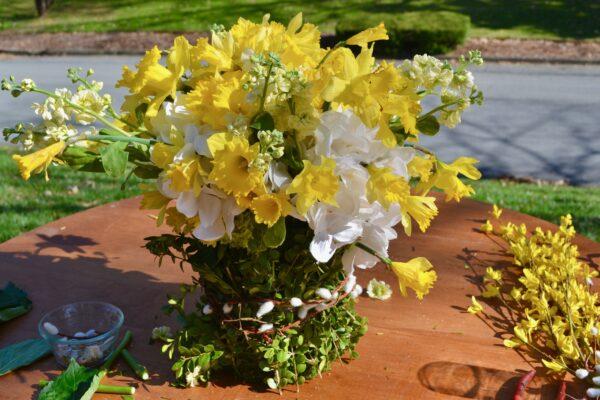
For more tips and tricks visit our Blog Page.
Ready to streamline your business? Book a FREE DEMO today!


